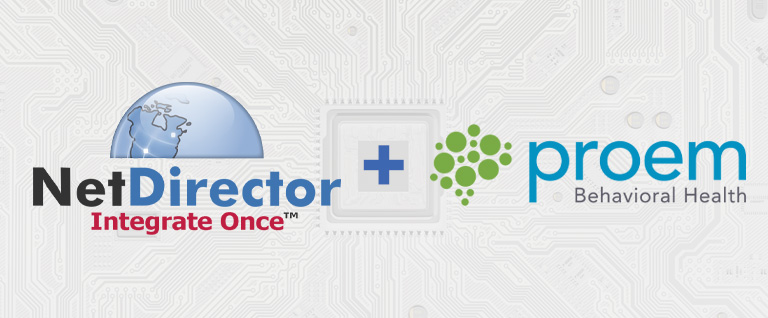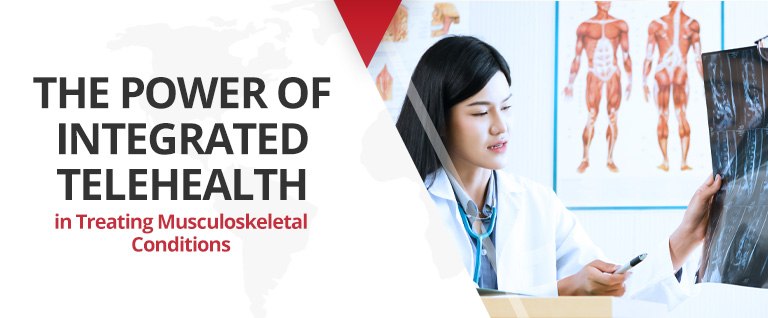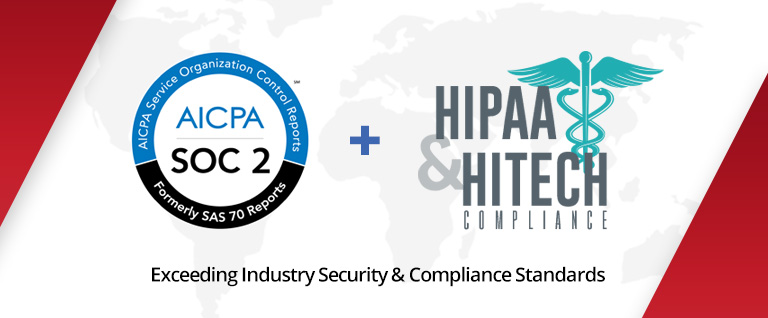Healthcare connectivity covers a lot of virtual territories, evolving technologies, and boots-on-the-ground personnel. On the human side alone, stakeholders involved in the creation, exchange, and use of health information include individuals, patients, physicians, hospitals, payers, suppliers and ancillary service providers.
Concurrently, healthcare’s ecosystem relies on technical standards, policies, and protocols “to enable seamless and secure capture, discovery, exchange and utilization of information” in all its various forms among stakeholder parties, according to the HIMSS Interoperability & HIE Committee.
Healthcare organizations have been hammering away at this multi-faceted challenge for decades, making incremental progress. “The next step is taking data and using it to create a more accurate picture of the patient that drives better healthcare decisions,” observes Carla Smith, HIMSS executive vice president.
Industry-wide activity is trending toward population health initiatives. Case in point: Catholic Health Initiatives (CHI) in Englewood, Colo., has stepped up its population health strategy through the use of advanced data analytics. Since rolling out the program, CHI has cut pneumonia mortality by 21 percent; catheter-associated urinary tract infections by 27 percent; surgical site infections (SSIs) following colon surgery by 34 percent; and SSIs following hysterectomy by 45 percent.
Concurrently, Atrius Health in Newton, Mass., is focusing on lowering inappropriate hospitalizations and reducing lengths of stay in nursing facilities. Atrius pairs patient histories from its EHR with claims data for alternative payment contracts to identify at-risk groups who could benefit from early interventions (e.g., those with chronic kidney disease) while also managing patients already diagnosed with chronic conditions, reports Becker’s Hospital Review. The goal is to develop customized and comprehensive care and treatment plans.
Areas of opportunity
Aside from these types of leading-edge programs, hospitals and health systems are hard at work in more fundamental areas of health information exchange. The U.S. Department of Health and Human Services (HHS), in a 2016 statutorily required report to Congress, noted that about three-quarters of hospitals could electronically exchange health information with outside providers, highlighted by a spike of 23 percent between 2013 and 2014. However, physician practices lagged behind in their ability to electronically share patient health information in the same manner.
At the same time, HHS said it will pursue incentives “to stimulate more collaborative business arrangements and uninterrupted information flow.” In broad terms, these financial levers will be intended to motivate higher-value care, reward teamwork and integration in the delivery of care, pave the way for more effective coordination of providers across settings, and “harness the power of information” in improving care across populations of patients.
All this needs to happen in concert with more fully engaged patients. While 72 percent of hospitals enable patients to electronically request an amendment to their own health information, other areas must come up to speed. For instance, only about 40 percent of hospital patients can request prescription refills or schedule appointments online, and just slightly over half of hospitals allow patients to send and receive secure messages electronically.
Increasingly, healthcare providers are looking to build out capabilities in a unified, streamlined ecosystem. NetDirector’s cloud-based HealthData Exchange platform is designed to make this level of connectivity a reality. HealthData Exchange allows hospitals and physician practices to make a single connection that instantly gives them access to dozens — and potentially hundreds — of other providers and vendors via pre-defined integrations. NetDirector currently processes more than 10 million data and document transactions per month.
For more information, please contact us or request a free demo.




